Sémillon is a white grape variety widely used in winemaking. It is highly prized by French winegrowers but is also widespread in many areas of the world. Vineyards of it are grown in Argentina, Chile, South Africa, the US (more specifically California), Australia, Uruguay, Mexico, Italy, Hungary, Slovakia, New Zealand, Romania, Vietnam, Serbia, Brazil and others. The variety goes by other names, including hunter valley riesling, barnawartha pinot, sercial, madeira.
As with all other varieties, Sémillon has its own distinct traits. Its branches are of various sizes. Some of them are crawling, others - protruding. It has a tripartite or pedate oval leaf, slightly fuzzy on the underside. The grape clusters are compact, of medium size and cone-shaped. The grapes are small, oval. The flesh is tender, covered by the skin. The fruits of Sémillon are used to make dry, white wines with a characteristic scent of oak, honey, melon and other fruits. The grape is included in blends for white table wines in the region of Bordeaux. It is combined with varieties such as Muscadelle and Sauvignon blanc.
Sémillon thrives best in soils rich in nutrients. It prefers high temperatures. If cultivated in conditions suitable for it, the vines grow at a rapid rate. If not, the growth rate is slowed. The variety belongs to the group of late-blooming vines. Sémillon is not particularly resistant to diseases. However, winegrowers say it is not difficult for growing.
Even so, it is sensitive to cold climate. It is affected by mold and powdery mildew. It is weakly resistant to gray mold and is especially sensitive to the noble rot Botrytis cinerea. The popular dessert wines Sauternes and Barsac come from the affected harvest. Another downside is that sometimes the fruit is ruined by heavy rainfall.

History of Sémillon
Even though it is accepted that Sémillon originates from Bordeaux, France, some experts are trying to challenge this claim. According to them it is difficult to determine how exactly the variety came to be. However, one fact does stand out, that being that in the beginning of the 19th century Sémillon arrived in Australia and by the 20s of the same century, it had taken over a large percentage of the vineyard plantations in South Africa. Some experts believe that Sémillon that is not well ripened bears the same fragrance as Sauvignon blanc. This gives reason to believe that the 2 varieties are related but so far there is no scientific proof of this.
Currently, Sémillon and its blends with Sauvignon blanc are the most sought after grape beverages among wine enthusiasts in Australia. Lately, Sémillon has been popularized in Chile as well. It is found in Argentina too but chiefly in blends. New Zealand grows small plantations of this variety as well. Today, Sémillon has reached numerous countries in Europe.
Characteristics of Sémillon
Wines made from Sémillon are white and dry, characterized by an oak and seed aroma. One may also notice nuances of honey and fruits, such as fig, pear, melon, peach, apricot, quince.
The grape elixirs from Sémillon are distinguished by a rich bouquet of flavors, depth, a full-body, the smoothness of lanolin and a refreshing lemon acidity. They have a moderate alcohol content. While young they are rough but do possess the potential for aging. They can age for decades on end, with this giving them a clear profile.
Serving Sémillon
These wines should be served cooled to about 50°F (11°C). Upon serving, you can use a white wine glass. It is suitable both for younger and aged wines. This type of glass is fine and elegant. The stem is of medium height. It is oval and wide at the bottom, while gradually narrowing toward the top. Thanks to its shape, it allows one to taste both the sweet and sour notes of the wine. Do not fill up the glass all the way. Filling it up 2/3 or halfway is plenty.

Sémillon wines can be served with many kinds of foods. Still, dishes with an expressed spicy taste are considered highly suitable. Cheese lovers also delight in this wine. Here the most suitable appetizer is blue cheese. Of course, you can bet on other flavorful variations. Gourmet chefs consider the wine to go well with seafood, and more specifically, with mussels. Among the refined specialties are sauteed mussels with carrots and garlic, breaded mussels and mussels with butter.
Liver is also a very appetizing addition, revealing the full charm of Sémillon. Experiment with sauteed liver, liver shish kebab, beef liver with aromatic sauce or liver with mushrooms. If you prefer lighter foods, go for a fresh salad with dressing or white meat with light spices. Try combining the alcoholic drink with tuna fish salad, anchovies and mayonnaise, tuna fish and spinach salad or Greek salad with squid.
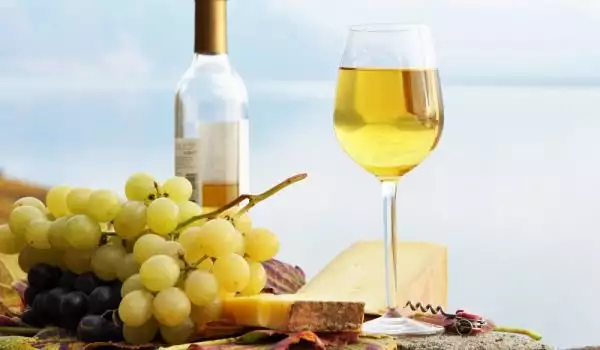
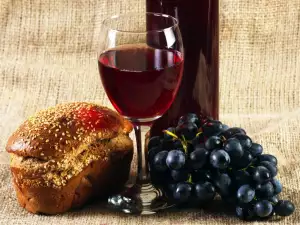


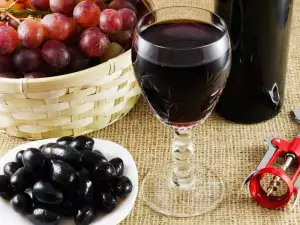
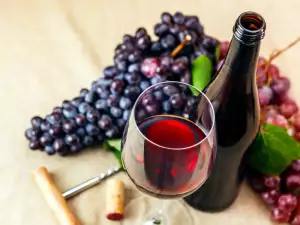
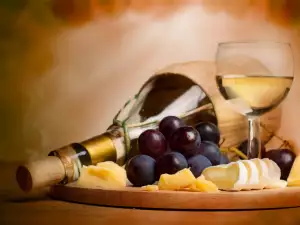

Comments